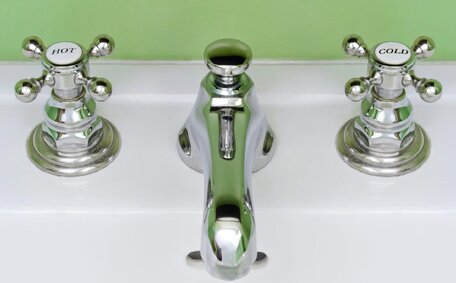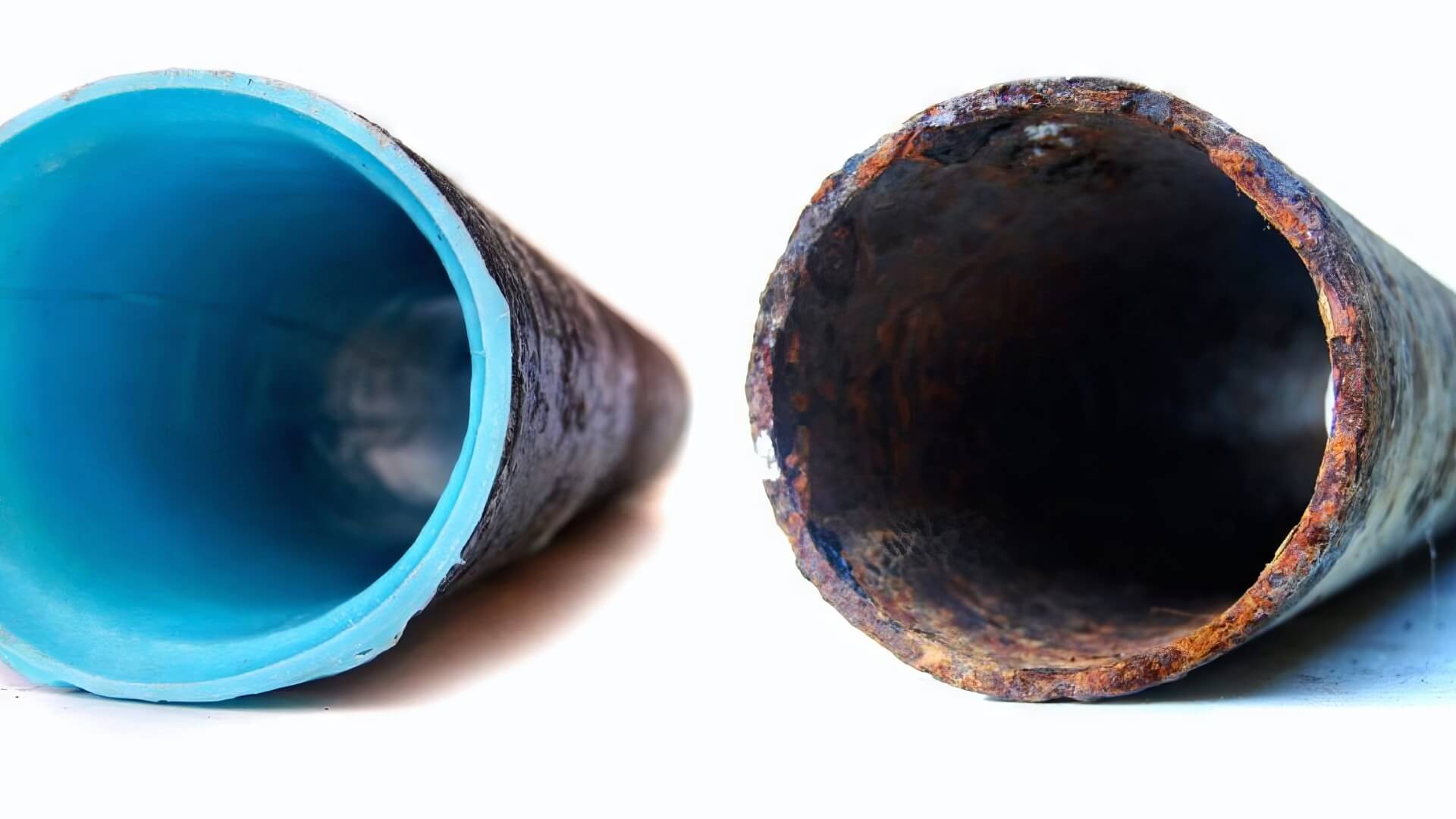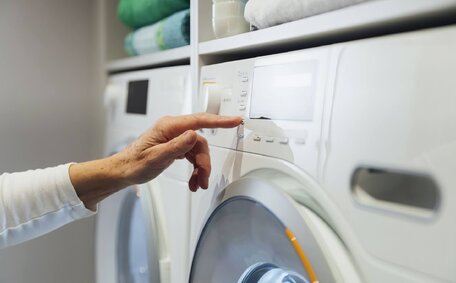Preparing Your Hot Water System for Winter Efficiency
As the season turns frosty, water systems must work harder to warm up the brisk winter water, with the colder inlet temperatures. To guard against Legionella bacteria, maintain your hot water system at a minimum temperature of 60°C and insulate the tank. By insulating your tank and pipes, you safeguard the luxury of hot showers against standby heat losses.
In winter, cold water entering your system is significantly colder than in summer. Your water heater winter setup can promptly elevate the chill water to your preferred warmth. Insulating your water tank and pipes with proper lagging can slash standby heat loss by 25-45%.
Increased energy use may lead to higher operational costs, particularly for those without solar hot water systems.
To reduce health risks such as Legionnaires’ disease, Set your water heater’s thermostat between 60-70°C to mitigate the risk of Legionella bacteria. We recommend flushing your water heater’s interior annually to remove sediment that can build up and harbour Legionella bacteria.
Winterizing your water system is essential to maintain efficiency and safety throughout the colder months. Simple measures like insulation and temperature checks help keep your water heater in peak condition, save energy and prevent health hazards.
Checking and Adjusting Water Temperature Settings
Maintain your water heater’s temperature between 50-60°C to optimize performance and safety during winter. At around 50°C, your heater runs efficiently, yielding warm water at about 37°C for your shower, considering pipe cooling. Prevent your water from reaching temperatures below 120°F, which risks bacteria growth, while excessively high temperatures waste energy.
To check your gas hot water systems thermostat setting:
- Gas hot water heaters feature a dial or display for your heater’s temperature setpoint.
- Electric hot water units: you’ll need a thermometer to check the water temperature
If the water unit’s temperature is suboptimal, simply adjust the dial to 50-60°C. For gas heaters, carefully rotate the dial. For electric units, adjust your thermostat or heating element setting.
Dishwashers and washing machines commonly require water temperatures around 55-60°C. Set your heater should be set to the maximum appliance temperature needed.
Correctly setting your storage hot water temperature maximises energy efficiency and ensures safe, comfy hot water. Ensure warm water availability and prevent pipe freezing and bacteria growth by keeping your unit within the 50-60°C range during winter.
Flushing Out Sediment to Maintain Efficiency
Regularly flush your hot water tank every six months to remove sediment and preserve efficiency. Over time, a mix of sand, rust, and mineral deposits will accumulate at the bottom tank area, . This sediment acts as an insulator, reducing your heater’s efficiency and increasing your energy costs.
Here is a step-by-step guide:
- Turn off water heater power at the circuit breaker
- Connect a garden hose to the tank’s drain valve at its base.
- Open the drain valve and let the water supply flow out into a bucket until it runs clear. Capture any sediment that comes out.
- Close the drain valve once the water runs clear
- Once the task is complete, reactivate your water heater to meet your ongoing water heater needs
Flushing your water heater in winter do ensure the removal of any sediment and only takes about 30-45 minutes. Doing this regularly keeps your heater working efficiently by removing sediment buildup. A clean tank with no deposits optimises heat conduction, enhancing its efficiency and benefitting your energy savings.
If it has been over a year since the last flush, have a licensed plumber service your heater, a task we can facilitate. Your plumber can make sure a professional drain and flood stop service is performed to tend to your heater needs, ensuring it operates at peak efficiency.
Insulating Your Water Heater and Pipes
Preparing your hot water storage heater and pipes with insulation is among the most effective methods to elevate efficiency and prevent freezing issues during winter. It’s a good idea to insulate your water heater during winter months; this can curb standby heat losses by 25-45%. It also acts as a shield against the calamity of a burst pipe when temperature drops below freezing.
If you’re not sure how, purchase a preformed insulation jacket or blanket for your hot water tank. Ensure that the insulation jacket fits well and covers the entire tank. Secure it properly, leaving the thermostat dial and element access panels accessible.
Use foam tubing or fibreglass strips to insulate and protect pipes from the cold. Insulate hot water pipes for at least 1-1.5 metres from the tank to prevent heat loss. Prioritise insulating pipes most prone to freezing like those outdoors, in unheated areas like garages or crawl spaces, and along exterior walls.
Be sure your insulation products are rated for hot water. Fitting insulation is also a great time to seal air gaps around pipes to stop drafts. Consult with your local plumbing services if you require assistance selecting suitable products or installing insulation properly.
Proper insulation of your water heater minimises heat loss, boosting efficiency and resulting in cost savings. Contact us to find out how solar panels and other energy-saving adjustments can prepare your system for the winter.
Inspecting and Replacing Key Components
Regular maintenance of your heater is vital to extend the lifespan and reliability of your hot water system. Two key components that should be inspected and potentially replaced are part of the temperature pressure relief system: the anode rod and the pressure relief valve.
The anode rod, a crucial tank component, corrodes over time to thwart tank rusting.
Tell-tale signs that they would need changing are reduced hot water flow or discoloured/odd smelling water. Replacing the anode rod every five years is recommended to extend your water heater’s life.
The TPR valve is a critical safety device that prevents excessive pressure accumulation in your home’s water heater. It can wear out over time and should be tested annually; a simple lift of the lever can indicate if it functions properly. If water drips out when the lever is up, a technician can make a valve replacement to prevent safety issues.
Inspection and replacement of these components by a plumber will keep your system in reliable condition. Contact us to take care of booking an inspection or replacement service.
Testing Heating Elements
Periodic testing of the heating elements in your water heater is critical for maintenance, especially before winter. The elements efficiently heat the water in your tank or tankless water heater system, crucial for comfort in cold weather. If they fail, there no hot water will be left for your use.
To test tank water heating elements:
- Turning off power to the water heater
- Drain 1-2 buckets of water from the tank’s drain valve
- Turn power back on and feel the inlet and outlet pipes - they should quickly warm up
- If they don’t get hot in 10 minutes, the element could be faulty
For gas water heaters, a technician can employ a multimeter to verify the electrical continuity of heating elements. We can assess heating times and identify any drops in efficiency.
Detecting faulty elements early prevents unexpected cold showers during winter. For assistance, contact us. Ensuring they remain functional is crucial for consistent hot water; should you have concerns, please give us call.






